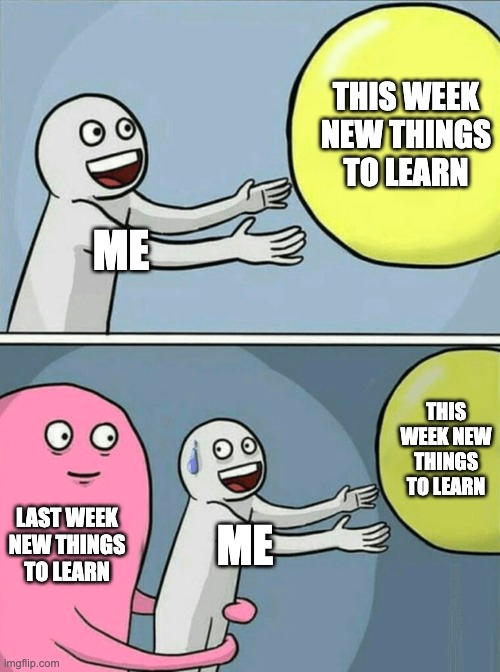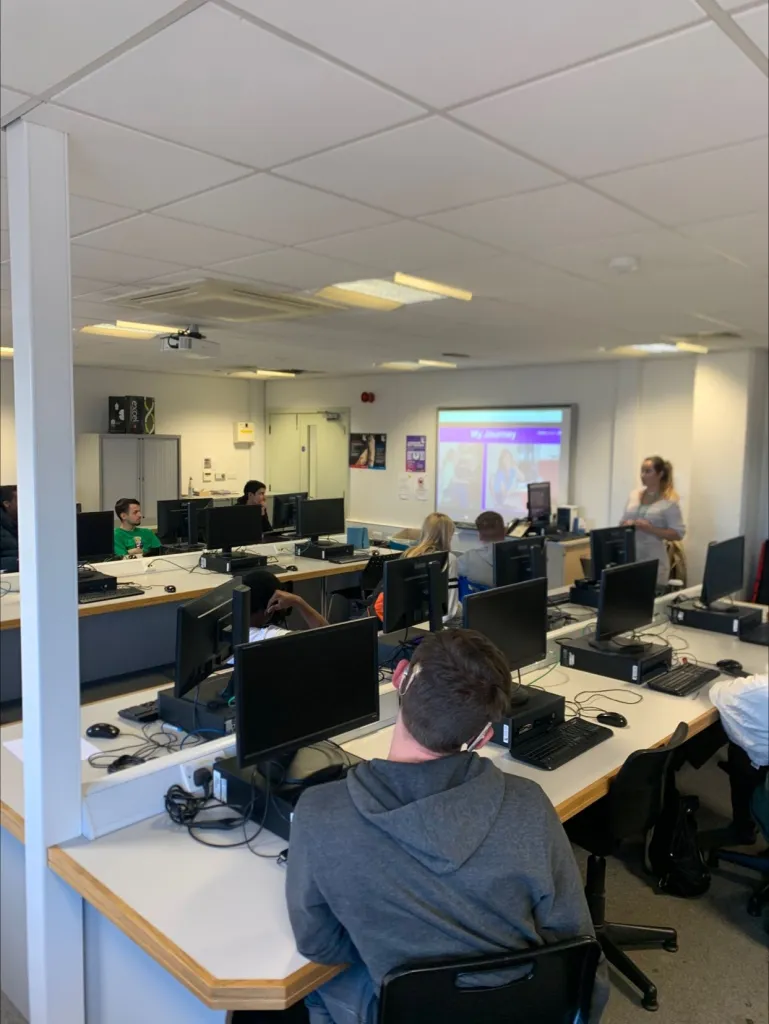Frederico Moreira has over 15 years of experience working with quality in its many levels and expert in Test Automation. He is proficient in Agile environments with experience in testing in a microservices architecture. Proficient in Linux environment with good scripting knowledge and proficient in testing in different platforms (e.g. mobile, web and APIs).
Be sure to follow Frederico on LinkedIn.
TL; DR;
In this interview, Frederico Moreira shares his journey of immigrating to Portugal and the cultural differences he encountered in the workplace. He discusses the challenges faced while adapting to QA practices in Portugal, noting that the role of QA is more evolved in Brazil. Despite the resistance to change in Portugal, Frederico emphasizes the importance of resilience in driving improvements in engineering culture. He also observes variations in the perception and importance placed on quality assurance, with Brazil showing more focus on non-functional quality attributes. While he didn’t find unique methodologies or tools that significantly impacted his QA processes in Portugal, he embraced learning and implementing new test automation frameworks like Cypress and Playwright. Frederico values the resilience he learned in Brazil, which proved essential in navigating cultural differences and proposing changes in Portugal. Recently, he transitioned from a QA career to a Tech Lead role, finding new challenges and opportunities for growth.
What were your reasons for choosing to immigrate to Portugal? How did you prepare for finding a job and planning your move?
I’ll try to summarize the story because it’s long 😅. At the beginning of 2016, I decided to leave my hometown and live in São Paulo, Brazil’s main “technological city.” I accepted a job offer for a new challenge in my career in a big company there.
However, after three months on this new journey, I received an invitation from a company in Portugal to do the interview process. It is worth mentioning that I always wanted to have an international experience. I was approved and received a job offer, but I couldn’t embrace this opportunity for a few reasons.
So in 2018, the same company contacted me, and this time, everything went well 🙂 So I would say that I was chosen to immigrate to Portugal and not vice versa.
Details of the entire journey here: https://www.farfetchtechblog.com/en/blog/post/joining-farfetch-a-guide-for-candidates-moving-between-countries/
Even in this blog post, I tell you how my planning went and all the excellent support I received to plan my move.
What are some of the cultural differences you’ve encountered in the new workplace?
Generalizing the first cultural difference that I found most striking for me was seeing people prioritize family and quality of life more than the ambition to evolve their own careers . In my opinion, people are less “workaholics” than people in the IT market in Brazil.
On the other hand, I’m not sure if this is directly related, but I found a much greater resistance to change here. In several situations, I heard things like: “It’s working. You don’t need to change it. Keep it that way.” and “In a winning team, you don’t change.”
Are there any specific challenges you faced when adapting to the QA practices and standards in Portugal? How did you overcome them?
First of all, the role of QA, in general, is much more evolved in Brazil, at least in the companies I had the opportunity to work for. Some topics that the QA community started to discuss back in 2010, for example, manual QA vs. automator QA but also the role of a QA in an agile team, is still a paradigm shift in almost every company I worked for here in Portugal, even companies that were not from Portugal I found this scenario.
To overcome this, in my first few months, I participated in a few local software development communities in my city, Porto. But I also created internal training for QAs, Tech Leads, Developers and etc., to try to change people’s mindsets and deliver some value in the engineering culture of companies. But I confess that it wasn’t easy, and it isn’t. It’s a slow process that requires a lot of resilience.
Have you noticed any variations in the perception or importance placed on quality assurance compared to Brazil? If so, in what ways?
Yes, when I left Brazil in 2018, it was not so common for companies to find continuous delivery pipelines with performance and security tests. At least, that was my perception at the time. But I had the opportunity to explore more non-functional quality attributes in the companies I worked for.
But getting here, I realized that the focus was and it is still more focused on functional tests, whether manual or automated, than on tests and non-functional quality attributes such as security, performance, resilience, and so on.
This could even be a common gap in the world, not just in specific continents, but even today, in Brazil, these topics are still more talked about and promoted.
Are there any new unique methodologies or tools that you’ve come across that have improved your QA processes?
Honestly, no, I don’t know if it was the engineering culture, maturity of the people on the teams, or something else, but I confess that there was nothing I found here that made me think, “WOW,” this is going to change my life or even how did I not know this before.
On the other hand, I was able to learn and use, on a large scale, new test automation frameworks for the Web, such as Cypress and Playwright, which have emerged in recent years or gained more notoriety in the market. Still on framework, in the mobile contexts, I worked with, I had the opportunity to evolve testing strategies for hybrid mobile apps built with React Native, not that I like it that much 🙂 but it was and still is an interesting experience.
Are there any specific lessons or skills you learned in Brazil that you find particularly valuable in Portugal?
If I were to choose one, it would definitely be RESILIENCE 💪.
As I said earlier, there is greater resistance to change than in Brazil, and to overcome this, you need to be resilient and patient, set your expectations, and convince people clearly and transparently of the value your proposed changes can bring.
But this is part of your professional growth when you emerge in a new culture, it will undoubtedly contribute to your maturity as well. After all, if everything were the same, if people didn’t have divergent/conflicting opinions, our career wouldn’t be as challenging as it is in the software development world.
Why did you recently switch careers and leave the QA career?
For many years in my QA career, I worked in positions ranging from intern to Manager. I had the opportunity to work in the QA role, from companies with startup profiles to enterprise companies with thousands of people in software development.
Tiredness has arrived. I had a sequence of three companies I worked for where I had to help create the QA area almost from scratch and educate people and teams about software quality, and this mission was not always easy.
Because I’ve always been a more technical QA, I always liked being close to the code but also to robust pipelines 👨💻. This opened me to opportunities in different contexts to act as an interim Tech Lead for some teams. These experiences were the main trigger for the career change, I discovered new ways to continue in constant evolution, but with another perspective and with a vast new world of challenges.
So far, it has been challenging, and I have not regretted changing careers.
Thanks for taking the time to contribute Frederico 🙌 Your expertise and the unique experience to also change career in another country was extremely valuable to this Brazilian QA’s around the world series 🤘














